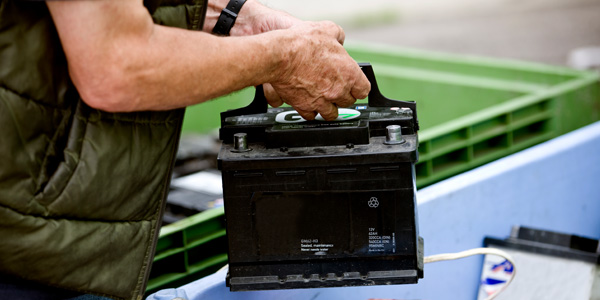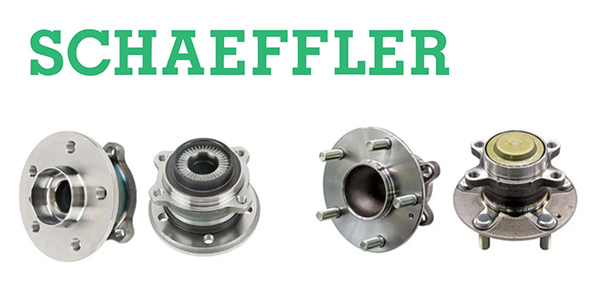
In spite of all the advances in automotive technology in recent years, one item that hasn’t changed much over the years is the 12-volt wet cell lead-acid storage battery.
It’s pretty much the same basic design that’s been around for over a century. The only major differences are that today’s car batteries are 12 volts (versus 6 volts back in the 1950s), and they are maintenance-free and require no make-up water. Even so, the average lifespan of a car battery today is still only about four or five years — and only about three years in many hot climates!
There are other battery technologies such as AGM (Absorbed Glass Mat) batteries that do not contain liquid electrolyte and typically live longer. High-voltage nickel-metal-hydride and lithium-ion hybrid batteries can last up to 10 years or more. But most hybrids still have a conventional 12-volt battery for the onboard electronics, lights and other accessories. Many newer vehicles that have fuel-saving Idle Stop/Start systems rely on two batteries: an AGM for restarts and a conventional 12-volt wet cell battery for the rest of the vehicle’s electrical needs.
Wet cell lead-acid batteries are still used in a majority of vehicle applications because they are relatively cheap ($60 to $120) and they can supply a lot of Cold Cranking Amps (CCA) for easy starting. They are also easy to recycle. But they have some inherent weaknesses, too.
One such weakness is that wet cell car batteries have to be kept at or near full charge to maximize their output and lifespan. If a battery is run down and chronically undercharged, it will drastically reduce its service life. Sulfate builds up quickly on the cell plates when the battery is discharged or undercharged. This forms a barrier that prevents the plates from accepting and holding a normal charge. Over time, this causes a loss of storage capacity and the battery gets weaker and weaker. If the battery can’t pass a load test, it needs to be replaced.
Marine batteries, by comparison, are designed for deep discharging and a steady amp output rather than providing a big shot of amps in a short burst. That’s why marine batteries are not used in cars.
Most late-model vehicles place high electrical loads on the battery, so if the vehicle is not driven often enough or far enough to keep the battery fully charged (a process that typically takes at least 15 to 20 minutes), the battery will gradually run down. Prolonged idling with lights, A/C, heater, defrosters, radio and other high-load accessories on can pull more amps out of the battery than the charging system can put back into it.
Cold weather also is hard on batteries because it slows down the chemical reactions inside the cells that make power. The colder it gets outside, the less power the battery has available for cranking the engine. The electrolyte inside a discharged battery also can freeze during cold weather, damaging the cell plates or cracking the case.
Many late-model vehicles have a relatively high key-off current drain on the battery to keep module memories alive and keyless-entry systems active. On some applications, this may sap as much as 40 to 50 percent of the battery’s charge in less than a week if the vehicle is not started and driven.
Batteries also can fail suddenly as a result of shaking and vibration. The diecast metal connectors that tie the cells together tend to be brittle, and can crack or break if a battery is bouncing around on its tray and is not secured with a holddown clamp or strap. Driving on washboard rural roads can be hard on a battery.
Finally, heat is a real killer of batteries, too. High underhood temperatures combined with a hot climate can shorten battery life by increasing the evaporation of water from the battery cells. Some batteries have a heat shield around them to help reflect engine compartment heat, but it is of little help in a hot climate. Some batteries are relocated inside the passenger compartment or truck to get them away from the heat in the engine compartment.
The bottom line is that when a battery becomes weak or suddenly dies, it needs to be replaced with a similar battery that has the same configuration (group size) and equal or greater CCA capacity. The charging system also should be tested to make sure it can keep the battery charged, and power needs to be maintained to the vehicle’s electrical system with a backup power supply while the battery is being replaced to prevent the loss of learned memory settings in onboard modules.









